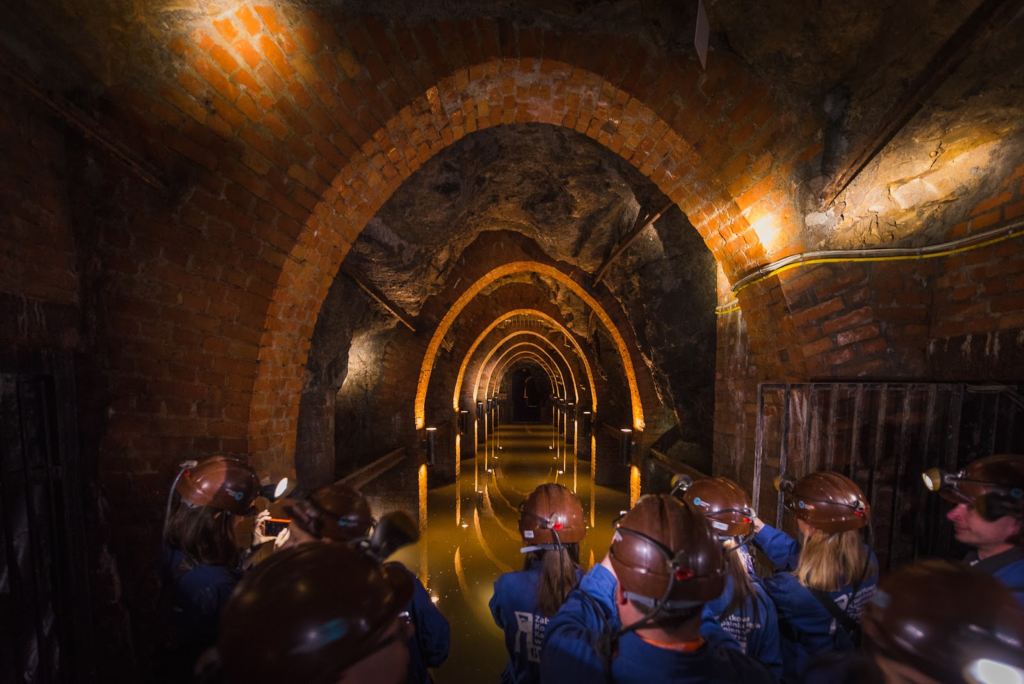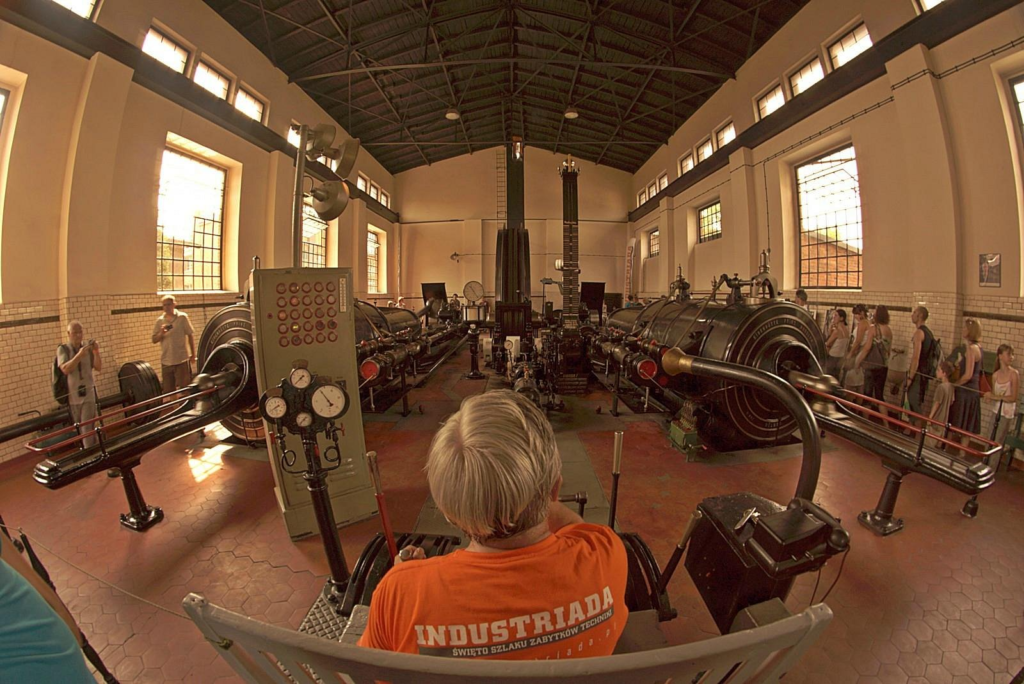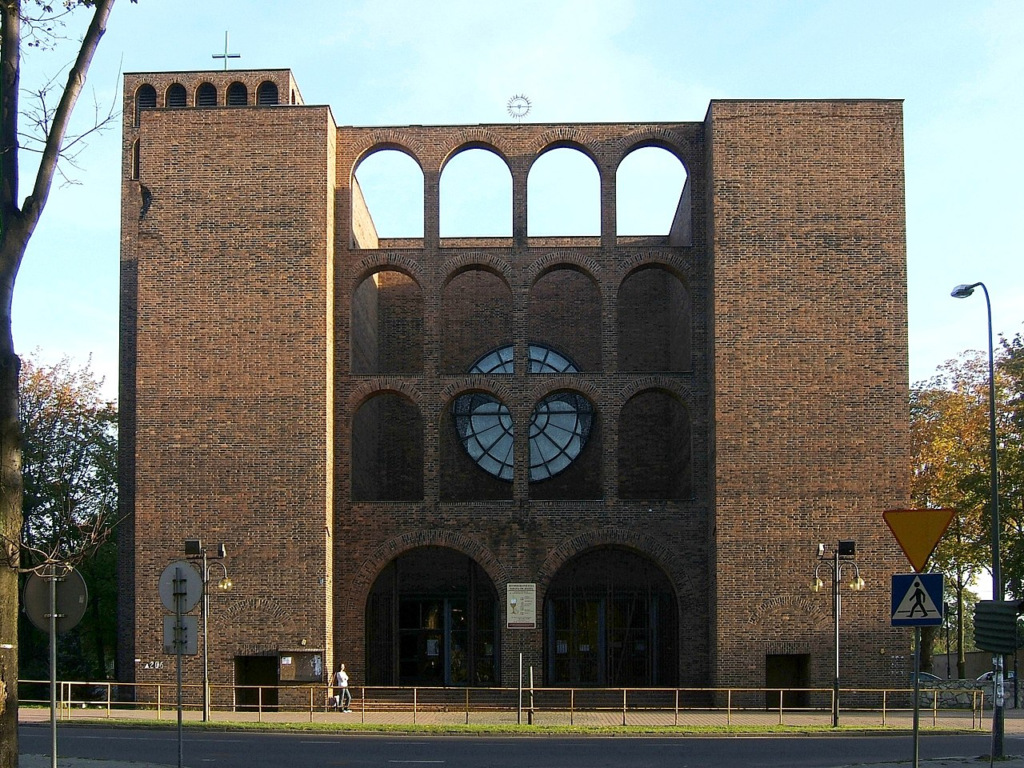Zabrze is a city located in the Silesian Voivodeship in southern Poland. It is part of the Upper Silesian Industrial Region, which is one of the most densely populated and industrialized areas in Poland.
Zabrze has a long history, dating back to the Middle Ages, when it was founded as a small village. In the 19th century, it became an important center of heavy industry, with coal mining and steel production being the main economic activities. During World War II, Zabrze was occupied by Nazi Germany, and many of its residents were deported to concentration camps.
Today, Zabrze is a modern city with a population of around 170,000 people. It has a well-developed infrastructure and is home to many cultural and educational institutions, including the Zabrze Museum, which showcases the history and culture of the region.
Guido Mine
one of the oldest hard coal mines in Silesia, located in Zabrze. The mine was established in 1855 and operated for over 150 years until it closed in 1999. It is now open to the public as a museum.

Photo taken from zabytkitechniki.pl
Queen Louise Adit
The Królowa Luiza Adit complex is almost 5 km of closed underground excavations, which are part of the Coal Mining Museum in Zabrze. The complex consists of three locations in Zabrze and also has surface buildings, such as a hoisting machine building or a historic chain bath

Photo taken from inyourpocket.com
Municipal Botanical Garden
The Municipal Botanical Garden in Zabrze is a botanical garden opened to the public in 1938, covering an area of 6.36 ha, located at ul. Józef Piłsudskiego 60 in Zabrze. The garden consists of a botanical part, preserved in the style of French gardens, and a park part, referring to English landscape gardens.

Photo taken from slaskie.travel
New Theatre
The New Theater in Zabrze Gustaw Morcinek, founded in 1959. The seat of the theater is the historic building of the former casino of Huta Donnersmarck, erected in 1901.

Photo taken from slaskie.travel
Park Million Lights
Park Million Lights is one of the largest and most spectacular theme parks in Poland, located in Zabrze. Million colored lights that bring plants, buildings and decorative elements to life.

Photo taken from dziennikzachodni.pl
Windmill Club
A concert hall located in an old industrial windmill with a program of performances by local rock and metal bands.
Steel house
Stalowy Dom is an experimental building with steel walls built in 1927 in Zabrze. The building was erected in just 26 days from prefabricated steel plates cast in the Donnersmarck steelworks.

Photo taken from zabytkitechniki.pl
Coal Mining Museum in Zabrze
The Coal Mining Museum is a cultural institution and museum established in 1981 in Zabrze, which has four mining facilities where museum, educational, recreational and entertainment activities are conducted. The museum also has rich collections related to the history of mining as well as mining technology and culture, and since 2007 it has been publishing the journal „Górnik Polski – Scientific Journals of the Coal Mining Museum in Zabrze” and organizes annual thematic scientific conferences.

Photo taken from tripadvisor.com
Jewish cemetery in Zabrze
The Jewish cemetery in Zabrze was established in 1872, because then the Jewish community in Zabrze was established, and the nearest cemeteries were in Bytom and Gliwice. The plot for the cemetery was donated to the Jewish community by Prince Guidon Henckel von Donnersmarck, and in the cemetery you can find both modest matzevot and monumental tombs of a Prussian family, which is a symbol of the partial assimilation of the Jewish community with Prussia.

Photo taken from slaskie.travel
Church of St. Joseph in Zabrze
Parish of St. Joseph in Zabrze was separated in 1931 from the territory of the parish of St. Andrew the Apostle. In the years 1930–1931 a new church was built. The builder of the church was the parish priest of St. Andrew the Apostle, Father Jan Zwior. The temple was consecrated on September 4, 1932 by Cardinal Adolf Bertram

Photo taken from wikipedia.org